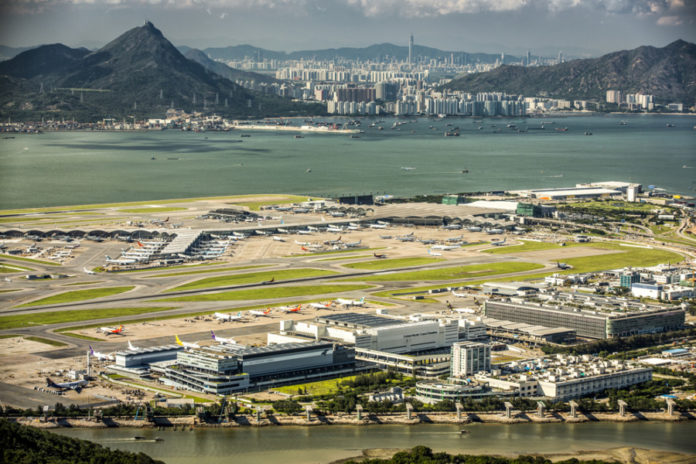

Air cargo demand has remained strong in November with 8.8 per cent growth despite indicators suggesting the peak of cyclical growth the passed, the International Air Transport Association (IATA) says.
The association says the uptick in freight growth coincides with the traditional period of strong demand seen in the fourth quarter, with November’s performance putting the air cargo industry back on track to achieve its strongest operational and financial performance since the post-global financial crisis rebound in 2010.
It says the Purchasing Managers Index for manufacturing and export orders, which has tracked sideways for much of 2017, reached a seven-year high in the fourth quarter signifying that growth is carrying momentum into 2018.
IATA director general and chief executive officer, Alexandre de Juniac says: “Air freight demand remains robust. November showed 8.8% year-on-year growth, keeping up the momentum that will make 2017 the strongest year for air cargo since 2010.
And there are several indicators that 2018 will be a good year as well. In particular, buoyant consumer confidence, the growth of international e-commerce and the broad-based global economic upturn are cause for optimism as we head into the New Year.”
Growth remained strongest in Africa, up 17.5 per cent though capacity increased 24 per cent, pushing down load factors 1.4 percentage points to 25.9 per cent.
Europe was second, up 9.9 per cent with concerns that the recent strengthening of the euro might have affected the region’s exporters have not materialised, with manufacturers’ export orders growing at their fastest pace on record.
North America was up 9.6 per cent with the strength of the US economy and US dollar improving the demand for inbound freight, and the recently agreed US tax reform bill may also help support growth in the period ahead.
Latin America continues to recover with growth of 9.4 per cent in November, with the pick-up of demand coming from improvements in Brazil, helping seasonally adjusted volumes return to levels seen at the end of 2014.
Asia-Pacific grew by 8.1 per cent with manufacturers continuing to enjoy buoyant export order books and major exporters in China and Japan reporting rising demand supported by a pick-up in economic activity in Europe and a continued solid performance from the US.
The Middle East had to lowest growth for the second time in three months, rising 6.6 per cent, though seasonally adjust volumes are strong and load factors have increased substantially on routes to and from the Middle East to North America.











